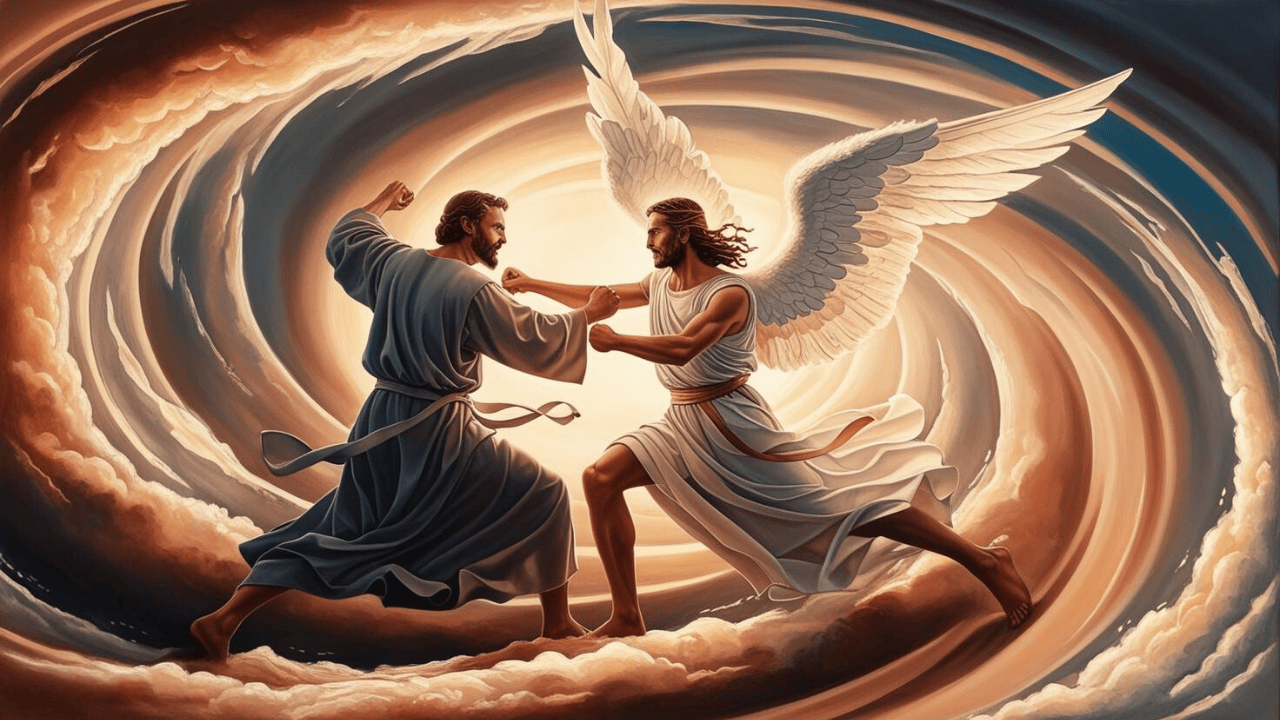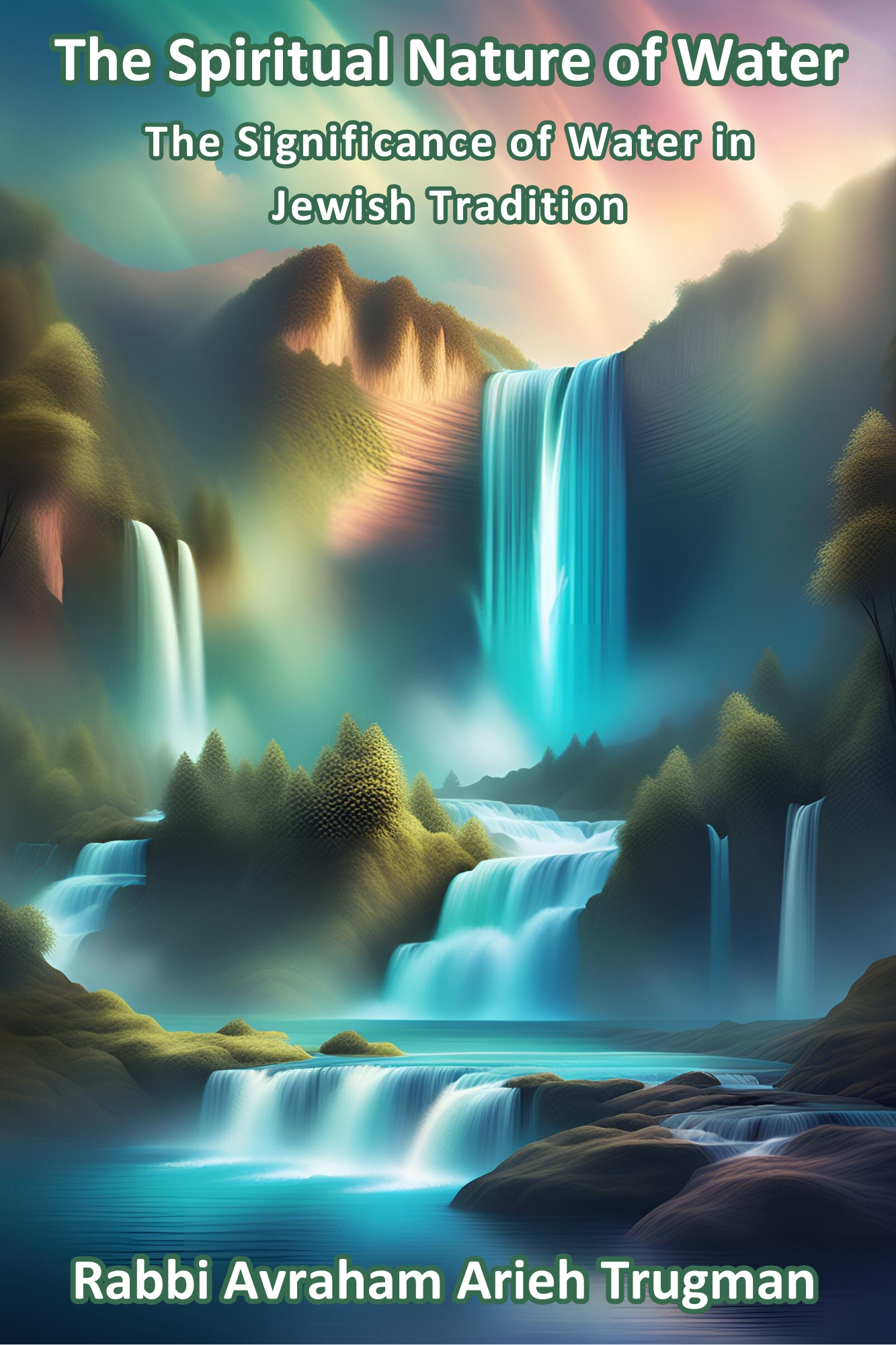The small alef, a symbol of humility, teaches us many things about the nature of teshuvah, whether we understand the term in its narrow sense as repentance or in its broader sense as a return to God. The wisdom and secrets concerning the setting up of the Jewish calendar given to the Jewish people on Rosh Chodesh Nisan shed profound light on teshuvah and on our relationship with God. Since the Jewish calendar is fundamentally lunar but also takes the solar cycle into account, the ability to fulfill the Jewish people’s purpose of striving to unite opposites is a prerequisite to setting up and understanding the calendar.
In Pirkei Avot (2:5), the Sages teach the following: “Do not judge your fellow man until you have been in his position.” Rebbe Natan, Rebbe Nachman of Breslov’s foremost student, in his book Likutei Halachot, used this advice to suggest a novel way of approaching God on Rosh Hashanah. He based his approach on the following Talmudic insights.
The Torah records that when God created the world, He created two large luminous bodies, the sun and the moon. According to the Talmud, the moon complained that two kings cannot wear one crown. In response, God told the moon to make itself smaller (Chullin 60b). Every Rosh Chodesh during the Temple period a goat was brought as a sin offering. The Torah refers to this sacrifice as “a sin offering for God” (Numbers 28:15). This phrase is somewhat surprising, as presumably all the sacrifices brought in the Temple were “an offering for God.” The Talmud explains that in remorse for making the moon smaller, God Himself, in a manner of speaking, brings a sin offering every Rosh Chodesh (Chullin 60b). Rosh Hashanah is also a New Moon, though we make virtually no reference to this in our prayers, so on Rosh Hashanah as well, God, as it were, brings a sin offering. (Notably, the psalmist does allude to Rosh Hashanah as the day of the new moon, when he writes, “Blow the shofar at the moon’s renewal, on the day of veiling of the moon, for our feast day” [Psalms 81:3].)
Rabbi Natan explains that on Rosh Hashanah, when we approach the King, the Holy Judge, with awe and fear, we find that God takes the advice given in Pirkei Avot (2:5) : “Do not judge your fellow man until you have been in his position.” God, as it were, declares, “I understand your predicament. I am also humbly bringing a sin offering today; please let us draw near to each other again.” God can judge us and empathize with us because He is also, so to speak, in our position. This teaching leads us to make the following general observation about teshuvah and the Temple service. Only people – be they rebbes, friends, or loved ones – who empathize with us and truly relate to our pain and confusion can help us rectify ourselves. When God calls us to perform the Tabernacle service, He is inviting us to have a personal relationship with Him. Indeed, He contracts Himself and makes room for us to enter.
The importance of empathy also explains, at least on a superficial level, why Aaron had to undergo the humiliating experience of being partly responsible for the Golden Calf. While the commentaries explain that the reason he participated was to try and stop the people or at least minimize the gravity of their sin, in retrospect his participation can be understood on a far more profound level.
Aaron, who was to be the High Priest, needed to experience this sense of sin to some degree, so that he would be able to relate to all those who would come to the Tabernacle to do teshuvah. This is what the Talmud means when it declares that Aaron, along with the entire generation of the desert, and King David, when he sinned with Bathsheba, really should not have committed the sins they did. The Talmud asserts that on a deep level these sins ultimately came about to demonstrate to individuals, in the case of David, and the multitude in the case of Aaron and the generation of the desert, how teshuvah could take place (Avodah Zarah 4b-5a). In this way the call to service which introduces the book of Vayikra is a constant call to humble one’s self like the small alef in order to make teshuvah an ongoing possibility. (All the above insights on the small alef were discussed in Seeds and Sparks, pp. 166-176.)






